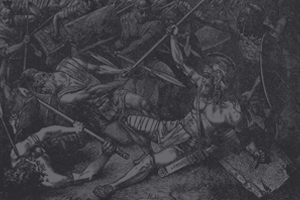Tallinn 2011
Ragnar Siil
Was it a success or not? Well first of all depends on how do you define success. Most of people that you talk to would tell it was a success. It was a success because there was more culture present at that year then ever before. I mean there was so much happening. And when I am saying so much I mean the brilliant think about Tallinn2011 and its concept was that it was not supposed to be about the big projects. It was not supposed to be a flagship. It was not supposed to be grand international concerts of superstars and opening of huge buildings and investment projects. But I think in the heart of the program was hundreds if not thousand of small things, small initiatives, small communities, small start-ups. And I think in these terms Tallinn2011 was a great success.
And if you think about the legacy, it has changed the way we understand culture quite significantly. Yes, we have some investments that proved to be extremely successful. We opened that year the Maritime Museum the Seaplane Harbour, which then later became winner of European Nostra Grand Prix as the best renovated object or site in Europe, which has broken every single museum attendance record in history, which is absolutely fantastic area and influenced the spillovers to the rest of area around the sea. We are behind the schedule with the Tallinn Creative Hub but I think it is more about the process. It was a very ambitious plan already to start with but it is still going and it is half open already now 3 years after the European Capital of Culture year. And it is going to be opened later this year and gradually also continuing the next year. So as a legacy I think this was important.
But probably the most important thing that Tallinn2011 brought to the Estonians and to the Tallinners is this the new renaissance of small local communities. Something that was present in Tallinn but in very small scale. I think the Tallinners, the common people living in neighbourhoods were being never so active working together, organizing, community days, organizing community art events, cultural events, organizing child care, open libraries, eating together on the roads, cultural events, concerts, etc. And I think this strengthens not only the city as a whole and its culture and also the community and people and social aspect of it. So I think that was the main legacy of Tallinn2011.
Related fights
- Glasgow 1990
- Pros & Cons of culture-speak
- Liverpool 2008
- Maribor as European Capital of Culture
- Rotterdam 2001
- Challenges of Liverpool 2008
- ECOC projects - Opportunities and expectations
- Impacts of Graz 2003
- Creative Industries and the ECOC projects
- ECOC project vs future development of the city
- Creative industries as a part of the ECOC project
- Way you manage expectations of people
- Aarhus 2017
- ECOC or Marketing Cities in Europe?
- Tallinn 2011
- Positive thing about Tallinn 2011
- NOASS participated in Riga 2014
- Riga 2014
